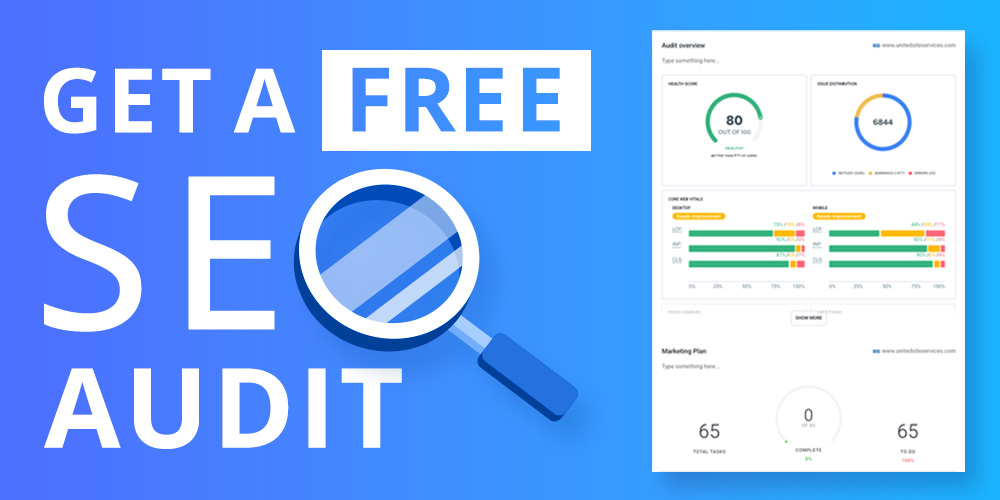


Running a Shopify store is exciting and full of potential, but even seasoned sellers can fall into common traps that hinder growth. From neglecting mobile optimization to poor product descriptions, these missteps can stall your progress and frustrate customers.
Avoiding these mistakes saves time, boosts sales, and builds a loyal customer base. Identifying and fixing these issues early can create a smoother shopping experience and set your store up for long-term success. Let’s explore the top mistakes to avoid.
While Shopify offers powerful tools to launch a successful online store, many owners unknowingly make critical mistakes that stall growth. These missteps can hurt customer trust and conversion rates, from overlooking mobile optimization to failing at branding. Proactively identifying and correcting these issues is vital to standing out in today’s competitive e-commerce space. By being strategic and detail-oriented, you can improve performance, boost sales, and keep your store running smoothly for the long haul.
Here are the top mistakes to avoid and how to fix them effectively:
Defining your target audience is a crucial first step in building a successful Shopify store. If you don’t know who you're selling to, your marketing campaigns, messaging, and product selections may fail to resonate with the right people, leading to wasted resources and poor results.
Understanding your ideal customer’s demographics, interests, and shopping behaviours allows you to tailor your strategies effectively. This helps increase engagement, improve conversion rates, and build stronger customer loyalty.
Launching a product without proper market research is one of the quickest ways to encounter slow sales or complete misalignment with customer needs. Many store owners assume demand without validating their ideas, leading to wasted time, inventory, and marketing spend.
Thorough market research helps ensure your product fits a genuine need and stands out from competitors. It also guides pricing, branding, and messaging strategies, making your Shopify store more competitive and focused.
Your store’s design is often the first impression shoppers get, and first impressions matter. A cluttered, outdated, or poorly structured layout can cause visitors to leave your site before even exploring your products, leading to high bounce rates and missed sales opportunities.
A clean, visually appealing design builds trust and encourages users to stay longer and engage more. Prioritising ease of navigation and consistent branding helps guide visitors smoothly through your store, improving the overall shopping experience and increasing the likelihood of conversion.
Your store’s theme is the foundation of its visual appeal and functionality. Choosing the wrong one can lead to a poor user experience, limited customization options, and a design that doesn’t reflect your brand. Many store owners select a theme based on looks, overlooking how it supports navigation, speed, and mobile responsiveness.
An effective theme should look great and perform well across all devices. It should support your store’s unique needs and branding while offering flexibility for future changes. A well-chosen theme improves engagement and helps build trust with your customers.
Branding is more than just a logo; it’s the customers' emotional connection with your store. Failing to establish clear, consistent branding can confuse potential buyers and diminish trust. Without a strong identity, your store may appear unprofessional or forgettable.
Effective branding builds recognition and encourages customer loyalty. It should communicate your store’s personality, values, and promise across every touchpoint from your homepage to your emails. Investing in cohesive branding creates a memorable shopping experience that distinguishes you from competitors.
Shopify apps can significantly enhance your store's capabilities, but installing too many can do more harm than good. Excessive or poorly integrated apps often lead to slower site speed, bugs, and a cluttered user experience, ultimately frustrating customers and driving them away.
It's important to regularly audit the apps you've installed and assess whether they still add value. A lean, well-maintained app setup helps your store run smoothly, enhances performance, and improves overall customer satisfaction.
More than half of online shoppers now use mobile devices to browse and buy. If your Shopify store isn’t optimized for mobile, you risk frustrating users with slow load times, broken layouts, or difficult navigation, ultimately leading to lost sales and lower engagement.
A mobile-friendly design is no longer optional; it’s essential. Ensuring your store runs smoothly across all screen sizes improves the user experience and helps with search engine rankings and conversion rates.
Visual content plays a vital role in attracting and retaining customers, but if your images are not optimized, they can negatively impact your store’s performance. Large image files slow down page loading times, frustrating users and leading to increased bounce rates.
Optimized images improve speed and search engine visibility. They ensure your site runs smoothly while maintaining high-quality visuals that enhance the customer experience. Proper optimization, through alt text, also helps with accessibility and SEO.
Search Engine Optimization (SEO) is essential for making your Shopify store discoverable online. Even the best products may not appear in search results without a solid SEO strategy, costing you traffic and potential sales. Many store owners overlook this, assuming their products will naturally get found.
Implementing SEO best practices helps improve visibility, drive organic traffic, and attract the right customers. Focus on optimizing product pages, content, and metadata to ensure your site ranks well and stands out in a competitive market.
Even if customers add items to their carts, a complicated or lengthy checkout process can quickly turn excitement into frustration. Too many steps, required account creation, or limited payment options are common reasons for cart abandonment that hurt conversion rates.
Simplifying your checkout flow makes it easier for customers to complete their purchase without hesitation. By offering flexibility, reducing friction, and ensuring the process is intuitive, you create a smoother experience that encourages more completed sales.
Avoiding costly mistakes begins with being proactive and informed. Take the time to understand your target market, refine your branding, and test every element of your store’s design and performance. It’s not just about launching your site, it’s about constantly improving it based on data, feedback, and evolving eCommerce trends.
Committing to best practices and ongoing optimization increases your chances of building a sustainable and profitable Shopify store. A thoughtful approach today can prevent major setbacks tomorrow.
Running a Shopify store requires more than just setting up products and waiting for sales. Success comes from careful planning, ongoing optimisation, and avoiding the common pitfalls many store owners encounter. Whether ignoring SEO, using too many apps, or not understanding your target audience, each mistake can limit growth and customer satisfaction.
By taking a proactive approach to store management, you position your business for long-term success. Make data-driven decisions, continuously test and refine your strategies, and always prioritise the customer experience. With the right mindset and execution, your Shopify store can thrive in a competitive e-commerce landscape.
Avoiding these common mistakes takes time, consistency, and expertise, but you don’t have to do it alone. If you're looking for professional support to manage and optimize your Shopify store, Bright Vessel’s Shopify Management Plans offer everything you need to grow with confidence.
From theme customization and performance tuning to SEO, app integrations, and ongoing support, Bright Vessel helps you stay ahead of the curve. Focus on your business while their experts handle the rest, ensuring your store always performs at its best.

"*" indicates required fields

"*" indicates required fields

"*" indicates required fields